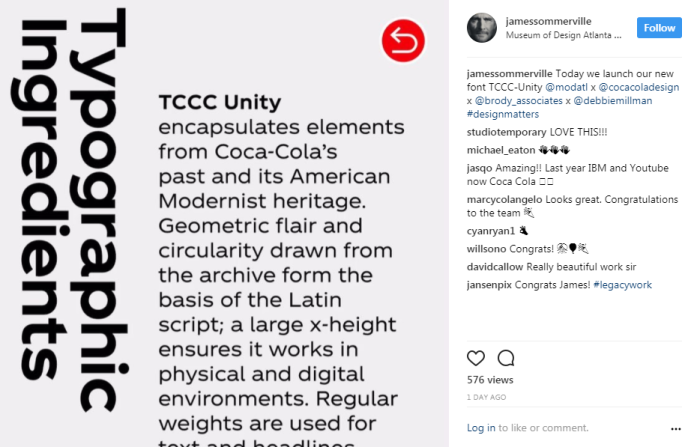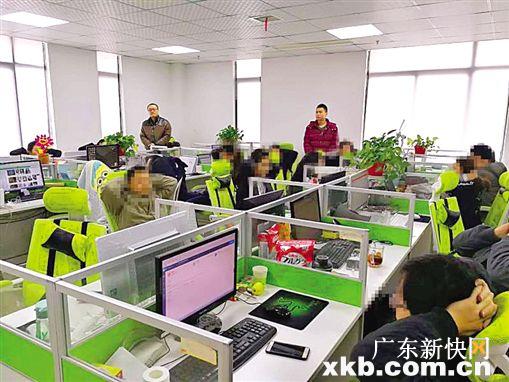
Increasingly people live their lives on social media; communicating with friends, keeping up with current events and even shopping via a broad range of social networks. This is fantastic news for brands, which now have more consumer data and more opportunities to connect with those consumers than ever before. In fact, more than nine in 10 brands are now using two or more social media channels.
However, when it comes to getting the most value from social, brands are still missing out on the big picture for one reason – dark social. Private channels such as email and messaging apps, known as dark social because they are invisible to brands, are now responsible for estimated 84% of all social sharing. The result? Brands struggle to capitalise on opportunities to monitor, measure and engage with their target audiences.
Brands concerned about the implications of dark social can bring audiences back into the light by defining, observing and inspiring specific tribes across a range of channels. Indeed, with social messaging apps like WhatsApp, Snapchat and Facebook Messenger demonstrating some of the fastest growth in the Asia-Pacific region, identifying and engaging with tribes is one of brands’ most powerful tools to stay relevant when dark social obscures data.
There are macro and micro tribes, and the best advertising solutions take a long-term view to building strong relationships with both. Working with the right partners is key. For example, National Geographic brings together a macro tribe of people who are interested in pursuits connected to nature, travel and photography. Brands can reach this broad tribe of science and exploration lovers by connecting their own brand narrative to National Geographic storytelling – via creative collaborations, relevant product placement, or multi-channel content that engages tribe members across their favourite platforms.
While a micro tribe is smaller than a macro tribe and made up of people with more pointed, specific, similar interests, brands can plot their engagement strategies in much the same way. Asia’s Next Top Model, for example, has brought together a micro tribe of fashion lovers. They not only tune in to episodes of the TV show, but also seek out associated content on digital platforms such as YouTube and Facebook. In Singapore, beauty brand Neutrogena connected with this ready-made micro tribe via customised content created in partnership with Asia’s Next Top Model. Social videos and brand integration within the TV show itself put Neutrogena at the heart of the fashion and beauty story; demonstrating a real, relevant benefit to the Asia’s Next Top Model micro tribe.
Ready-built macro and micro tribes enable brands to reach audience segments at multiple touch points. The key is recognising that people within these tribes live broad and diverse lives; and brands need an equally broad strategy to engage with them. Rather than pouring digital ad budget into just one channel, brands will get more mileage from their marketing budget by developing a layered communications strategy that meets consumers wherever they are and delivers a multiplying effect. This might comprise linear TV, social media, and on-the-ground events and points of sale.
While building relationships with relevant tribes can help brands overcome some of the pitfalls of dark social by building a base of loyal consumers, brands still need a way to prevent online monitoring from becoming obscured by the prevalence of private messaging. It’s essential to use a broad range of metrics to deeply understand a tribe’s behaviour and engagement. Click-through rate isn’t enough; instead, brands must take a holistic approach. While many players use data to learn what viewers watch, it’s important to invest in new analytics capabilities that help brands and content platforms understand the broader story behind why some content shines above the rest. Through such data and analytics, marketers gain insights necessary for strategy and creative ideation in the age of dark social.
With a strategy of engagement that taps into macro and micro tribes, plus the right analytic tools, brands can thrive even as dark social puts some data out of reach. Dark social will only continue to grow off the back of increasingly popular messaging apps like Kik and Viber – so now is the time to creatively connect with consumers through bespoke content that speaks to what they and their tribes care about most.
Source: Mike Rich, EVP, sales and content partnerships, FOX Networks Group Asia
























